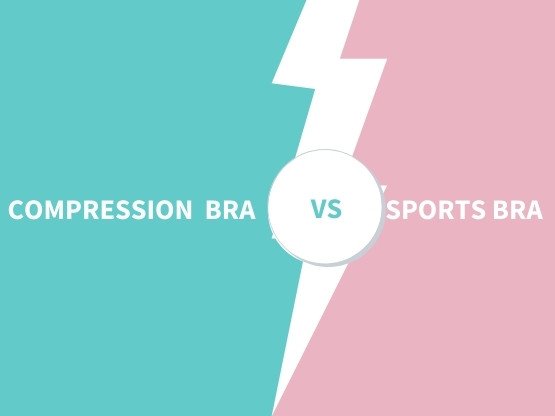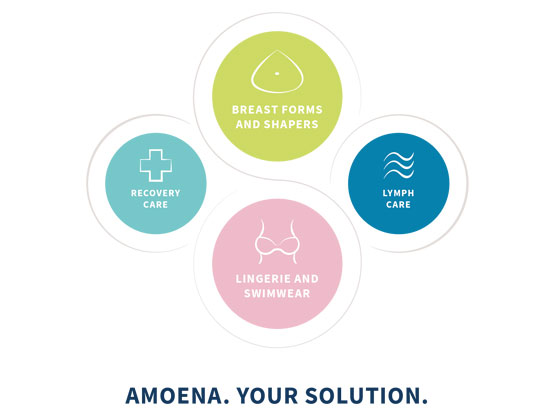Breast Care Professionals: Who’s Who?
What do all the experts you are meeting during your treatment do? Find out with our guide.

You will meet many experts in different medical disciplines before, during and after your breast cancer treatment. Here we explain the role of different professions you might come in contact with, such as oncologists, radiologists and Breast Care Nurses.
Oncologists, anaesthetists, radiologists – from the time of diagnosis you will get to know many different specialists and therapists throughout your treatment. Especially at the beginning, the names and professions can be confusing and overwhelming. Here is a brief overview of the experts you may deal with at diagnosis and during therapy and follow-up. Because not every breast cancer treatment programme is the same as it is designed for the individual, you may not meet all of them. We have sorted the occupational groups alphabetically.
Anaesthetists
Anaesthetists give patients a general anaesthetic so that they are not conscious during their surgery. During the operation, they ensure the patient’s safety, checking that their oxygen level, heart rate and blood pressure remain at a safe level. Anaesthetists also work in the areas of pain control and palliative medicine.
Breast Care Nurses
Breast Care Nurses are nursing experts (also known as clinical nurse specialists) who are specially trained to advise and care for women with breast cancer. They may be the main point of contact in the hospital (the key worker) and also help with information on services available in the local community.
Breast Surgeons
Breast surgeons are responsible for the removal of the tumour using surgery. Depending on the size of the tumour and where it is, the surgeon will remove part of the breast (breast-conserving therapy) or all of it (mastectomy). They also carry out surgical reconstruction – either using an implant or the patient’s own tissue. Some – known as oncoplastic surgeons, reconstructive surgeons, or plastic and reconstructive surgeons – specialise in breast reconstruction after breast cancer. Often, several surgeons are involved in breast cancer operations.
Gynaecologists
Gynaecologists are doctors who specialise in treating women’s diseases and medical conditions. Often, they are the ones who find the lump during a routine check-up or who confirm the presence of a lump when the patient has noticed it. In this case, the gynaecologist usually refers the patient for radiology tests to find out if the lump is a harmless cyst or a malignant tumour. For many women with breast cancer, the gynaecologist remains an important point of contact during therapy – in particular in relation to follow-up care.
Oncologists
Oncologists are doctors who specialise in the treatment of cancer. They evaluate the tumour using international classification standards and recommend the best course of treatment based on the individual. In addition to choosing treatment programmes to cure or manage cancer, they also help women make informed decisions about their care by giving them information on the chemotherapy, radiotherapy and surgical or other options available. They advise on the pros and cons of different treatments and coordinate with other physicians and therapists involved in the therapy.
A medical oncologist specialises in treating cancer with chemotherapy; a clinical oncologist specialises in treating cancer with chemotherapy and radiotherapy.
Pathologists
Pathologists are doctors who analyse tissue samples taken during a biopsy or surgery. They examine this tissue in the laboratory under a microscope to see if the tumour is benign (non-cancerous) or malignant (cancerous). If the pathologist detects that the tumour cells are malignant, they also use the sample to analyse what type of tumour is present. The course of treatment recommended is based on the result of this analysis .
Physiotherapists
Physiotherapists work with women who have breast cancer to develop an individualised treatment plan depending on the problems and symptoms experienced. After surgery, they help with breathing and physical exercises to prevent problems and recover a full range of movement. They can also provide special massages (lymphatic drainage) to prevent or treat secondary lymphoedema (swelling, particularly in the armpit or arm areas).
Psycho-oncologists
Psycho-oncologists are oncologists or psychotherapists specialising in the psychological care of people with cancer. They can help women with breast cancer to cope with their worries and fears during their treatment and can continue to support them afterwards. Even after the tumour is removed and the physical scars have healed, emotional problems, fears, depression or the fear of relapse can remain. Many women also need support to rediscover their femininity and sexuality after breast cancer treatment. Again, a psycho-oncologist can help; possibly also a sex therapist.
Radiologists and Therapy Radiographers (Radiotherapists)
Radiologists (doctors trained in taking and reading x-rays and scans) and radiotherapists (medical specialists trained to use equipment using radiation and administer radiotherapy) work together at different stages from diagnosis through treatment in the field of medicine known as radiology. When a breast lump is noticed, it is examined with the help of radiology tests such as mammography, ultrasound or magnetic resonance imaging (MRI). These give information on the density, size and composition of the tissue. If the results suggest a tumour is present, a biopsy is generally recommended. Radiology also covers radiotherapy of breast tissue and, in some cases, monitoring lymphoedema. The aim of radiotherapy is to destroy tumour cells and thus reduce the risk of relapse.
Fertility Specialists
Chemotherapy, radiotherapy and hormone therapy can affect fertility. Women who wish to have children after treatment are often referred to specialists at a fertility clinic to discuss all the options available. These include protecting the ovaries from damage during the treatment phase, and freezing embryos (IVF), eggs or ovarian tissue before treatment begins. In order to increase the chance of pregnancy in the future, daily injections of hormones may be given to encourage the ovaries to produce more eggs than normal (ovarian stimulation).
Mastectomy Fitters
Fittings for a breast form (breast prosthesis) may be done by a breast care nurse or by a trained mastectomy fitter (also known as prosthesis fitters or fitting consultants). They give advice on selecting the best breast form or (partial) breast shaper after a mastectomy or breast-conserving therapy, taking comfort, appearance and lifestyle requirements into consideration.
NHS p atients do not have to pay for their breast forms, but not all styles are available. Some private insurance companies cover the cost of a prosthesis, and if paid privately, it is usually exempt from VAT.
Social Services
Social workers and support staff give information on things such as getting home help, financial matters and general social services available. They are also a good source of information on local support groups.
A Wig Fitter
A wig fitter or hair loss adviser advises breast cancer patients who lose their hair and need a wig due to chemotherapy (or other reasons). The wigs are made by specialists from human or synthetic hair.
Synthetic wigs are free for NHS patients in Scotland, Wales and Northern Ireland. They also provide free wigs in England if certain criteria are met. Some grants and benefit systems are also available, and if bought privately, the VAT paid may be reclaimed.





















